Last week, we visited the Everglades National Park and Biscayne Bay National Park hosted by our son Dayton and his wife Kelsey.
We’ll report on our trip much as it happened, by day, recapping highlights of the wildlife we observed and what we learned.
Day 1 took us into Everglades National Park from the Homestead entrance, about 40 miles south of Miami. The Everglades are a collection of different micro-ecosystems thriving in and near a slow-moving river that occupied much of south Florida. After decades of water-stealing development, the Everglades survive just barely today because of a remarkable collaboration of local, state and federal efforts to invest in restoring and protecting what remains.
Everglades National Park is huge, the 3rd largest in the lower 48 after Death Valley and Yellowstone.
One of the most common sightings for us during the visit was Great Egrets. Their stark white color allows them to stand out.
We saw lots of American Alligators.
This was the first time either of us had seen alligators in the wild.
There are more than 1 million alligators in Florida–many of them live in the Everglades.
We saw lots of birds called Anhinga. The females, as is often the case, have less attractive plumage, allowing them to care for a nest without attracting as much attention. They are beautiful birds that catch their prey, mostly fish, by spearing them on their bills. Lacking the oils that ducks and some other waterfowl have, they have to perch in a tree in the sun after every dive to dry their wings.
There are lots of turtles living in the Everglades, including many species.
We think we saw lots of the Florida Redbelly Turtles on our first day, eating the yellow flowers growing among the lily pads.
As we see lots of lizards in Jacksonville, it was no surprise to see a few in the Everglades. It did seem that there were fewer, suggesting that a natural predator may be missing from the ecosystem up north.
Another bird we saw that we’d never heard of or seen before was the purple gallinule, considered by many to be the most beautiful bird in the Everglades. It is small and lightweight—even for birds—and walks on the lily pads.
Then, we watched the sunset in nearby Key Largo.
On the second day of our trip, we visited the Flamingo visitors center and did a boat tour among the American crocodiles.
Unlike alligators, crocodiles are a threatened species with only about 2,000 living in Florida. That is up, though not dramatically, from 50 years ago.
Crocodiles prefer saltwater and brackish water for their habitat, unlike the alligators, which can’t live for extended periods of time out of freshwater environments. The crocs, however, can live indefinitely in fresh water and a few do.
Near the visitor center, a large male croc dominates the local ecosystem. He kills competing males that come into the neighborhood. We saw one fresh carcass a vulture was snacking on.
We also took time to do a short walk around a small, saltwater lake called Eco Pond. There, we saw a white pelican that seemed to have the lake to itself.
On our third day in South Florida, we spent the day in Miami, experiencing a different sort of wildlife. We visited the little Havana neighborhood and ate lunch there.
In the afternoon, we kayaked around some homes worth tens of millions of dollars, many with boats worth over a million dollars parked at their private docks. It is as close as we’ll ever come to that sort of wealth.
Day four took us to the northern end of the park and featured an exciting private tour on an airboat, which allows the captain to take us through what appears to be grassland but is just part of the great river of grass that is the everglades. The water is not stagnant but flows slowly south hundreds of miles, dropping just about 16 feet in elevation.
The airboat ride gave us a chance to see more alligators, and some amazing birds, including the great blue heron and another purple gallinule. We also spotted some glossy ibis and white ibis.
Our afternoon included a tram ride out to an observation tower from which we could see for miles across the Everglades.
We experienced a little thrill watching a great egret successfully catch a fish after patiently waiting for one to swim by and then fly away with it in its bill.
Our trip that day gave us a chance to see some softshell turtles, some of which were quite large. We saw them scooting around on land and swimming in the borrow pits in this part of the Everglades.
From the tower, we spotted a roseate spoonbill sitting high in the trees among a small flock of great egrets.
On the return trip from the tower, we saw an exciting and rare critter. We spotted a crocodile living in freshwater among the alligators. This one is known to the rangers and has been living in the area for years. Now over ten feet long, she seems content.
The Florida Everglades are the only place on earth where alligators and crocodiles live together.
We also spotted another of the beautiful purple gallinule and more anhinga.
We caught a glimpse of the smaller green heron.
We also saw some young alligators, less than two feet long. Alligator mothers care for the young for a couple of years. In contrast, the crocodiles only care for their young for a few months. The crocs grow faster and statistically have about the same probability of reaching adulthood–about a 10 percent chance.
Back at the visitors center, we spotted an anhinga nest with three baby birds.
Driving through a nearby preserve, just outside the park, we saw lots of alligators and one eastern ratsnake that happened to be crossing the road. The snake isn’t venomous, though we didn’t know that when we spotted him. We got out of the car to see him but didn’t get too close.
Day 5 had us back in Miami. We walked the South Beach neighborhood with a walking tour guide Kelsey found online to allow us to learn about the historic buildings constructed in the 1930s.
Then Dayton and Kelsey rented a jet ski. We enjoyed watching them and photographing them.
We spent Day 6 in Biscayne Bay National Park. A nonprofit called Biscayne Bay Institute operates a tour company with the profits flowing back to the National Park.
The boat ride took us across the bay out to the keys that are part of the park, which includes almost no land. The park includes a few beach areas and some keys, part of the Florida Keys north of Key Largo. We, like most people, thought of Key Largo as the northernmost key. It is the one furthest north you can drive to but there are a string of keys north of there in what is now the National Park.
The tour boat docked on Boca Chita Key, where wealthy industrialist Mark Honeywell had built a retreat in the 1930s. Most notably, he built a lighthouse he intended to light as a sort of bat signal to his wealthy friends that a party was going on and to sail over from Miami. In a conventional navigational sense, however, the lighthouse was on the wrong side of the island and would have caused boats to crash so the Coast Guard prevented him from ever lighting it. Today, it makes a great observation deck for the surrounding area.
We finished the day and the trip with a stroll through a park in Key Biscayne, a beautiful island suburb of Miami.
Our visit in late March is the perfect time of year to go. Although traffic peaks at this time of year, we didn’t find the parks crowded. We had virtually no problem with bugs and temperatures were mild to warm. We didn’t experience the sweltering summer heat the bugs love and people hate.
That said, we did find the campgrounds had plenty of availability. The idea that national park campgrounds aren’t available anymore because of crowds certainly does not apply to the Everglades. Camping in Biscayne Bay National Park is really about sleeping on your boat.
Both parks are well worth a visit. A trip to Miami isn’t complete without at least a day in the parks.

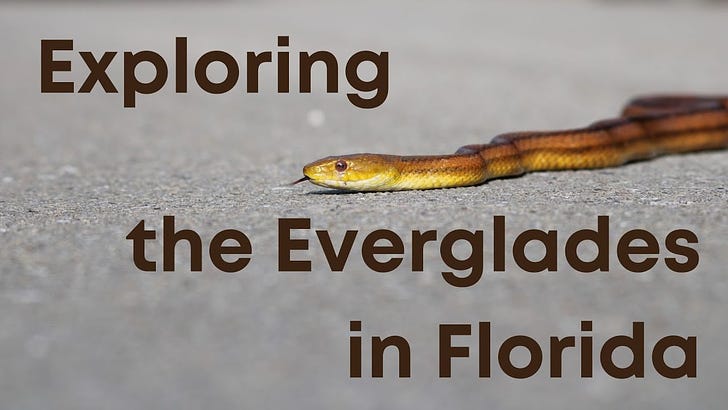




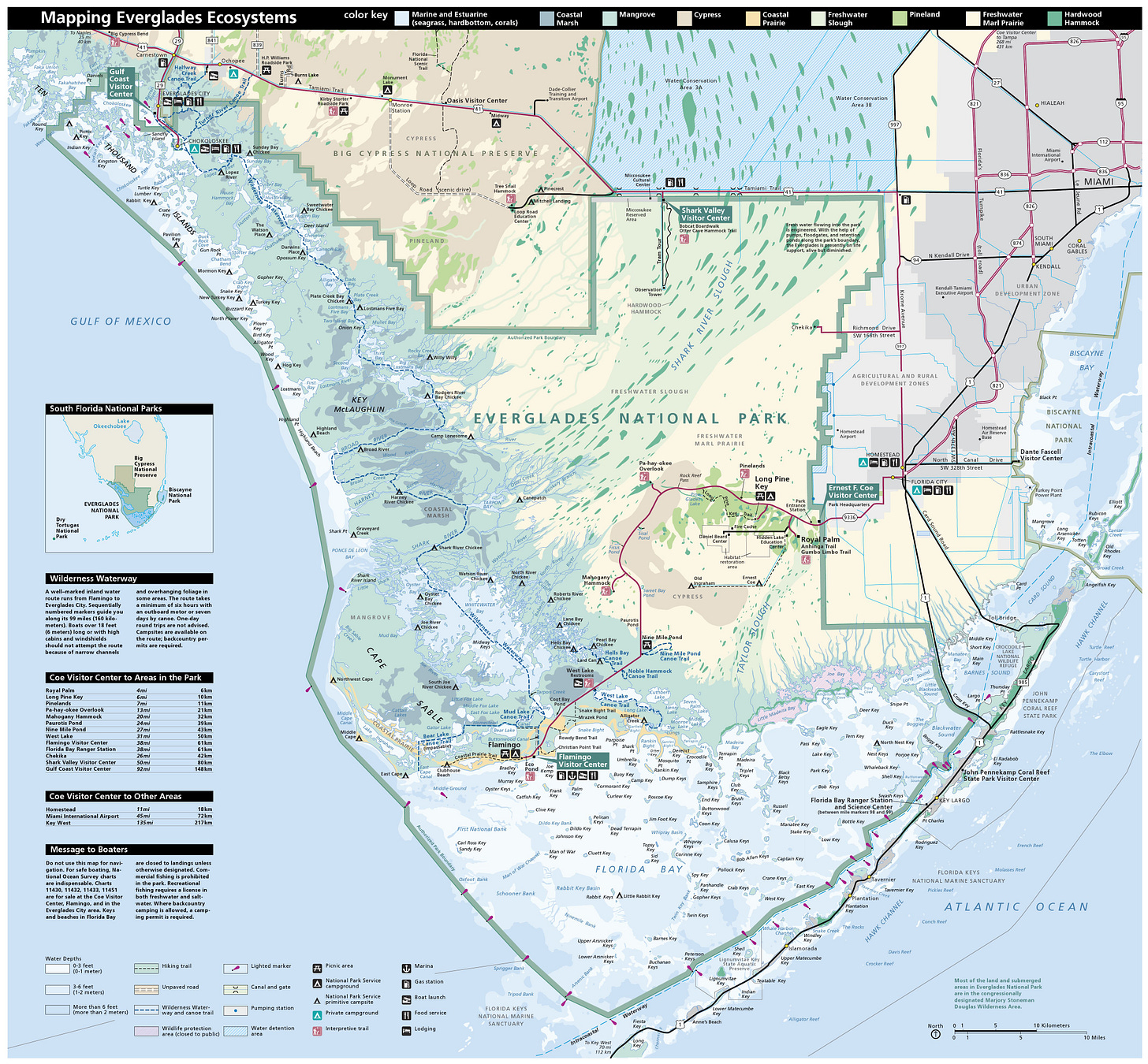
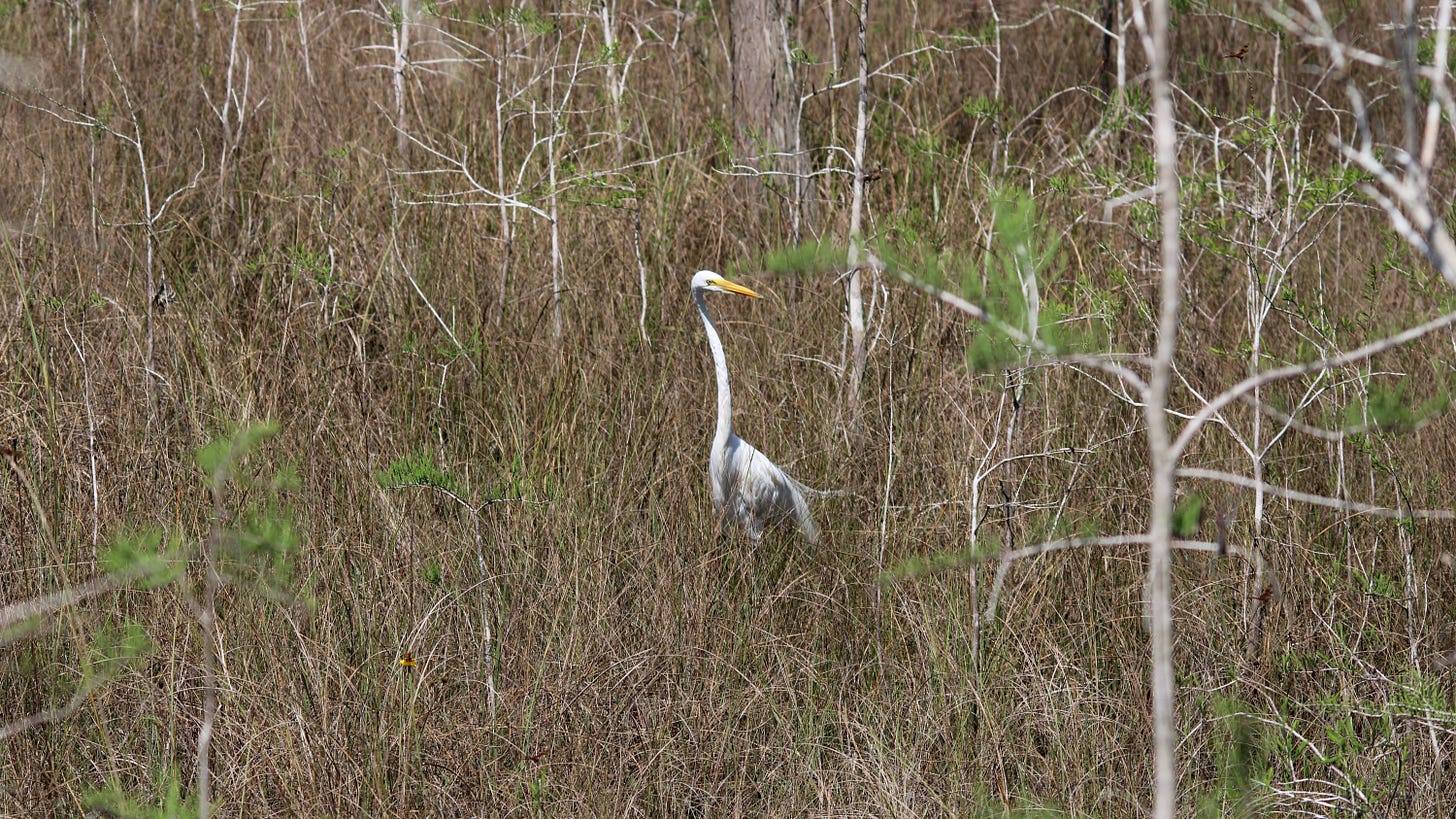
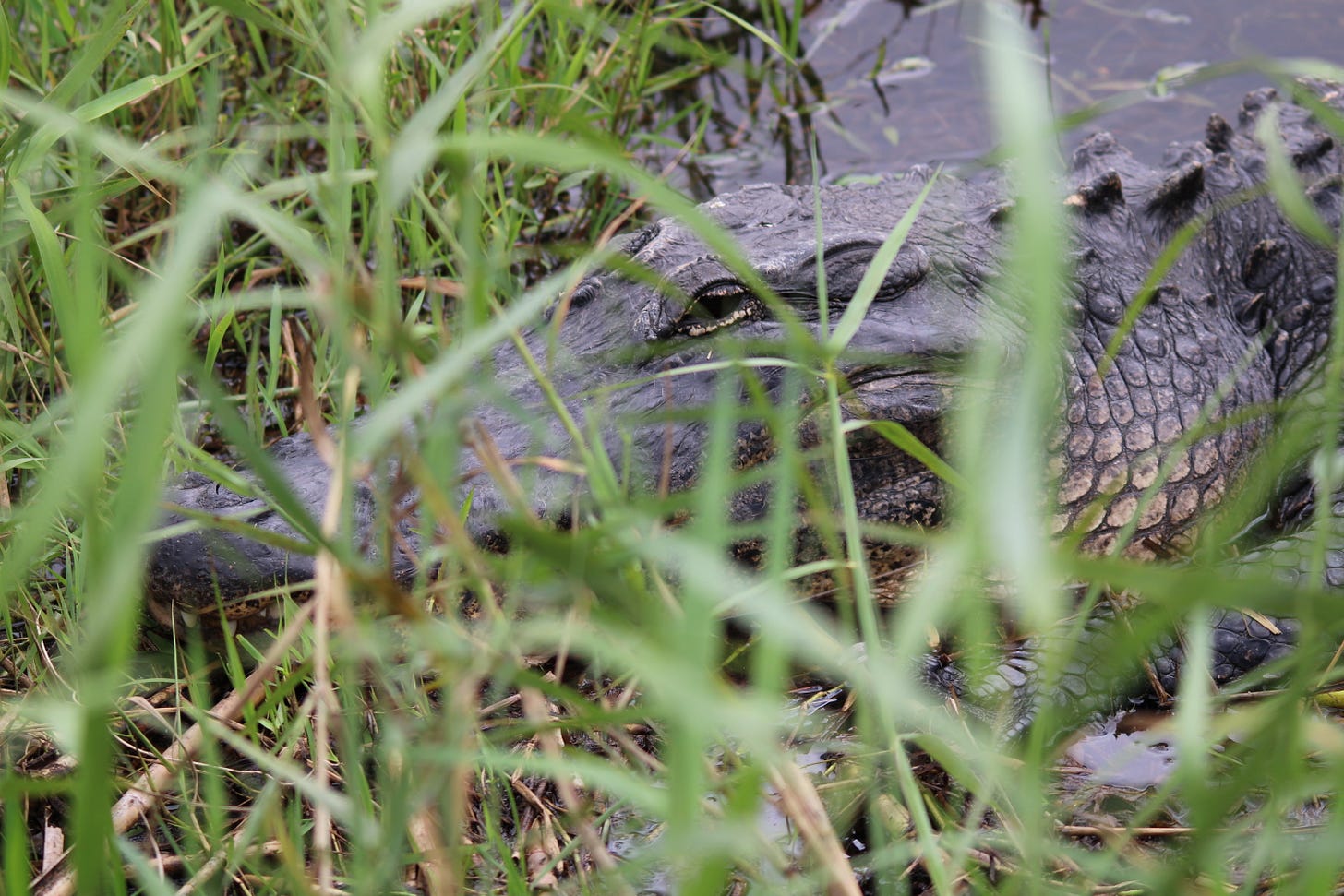
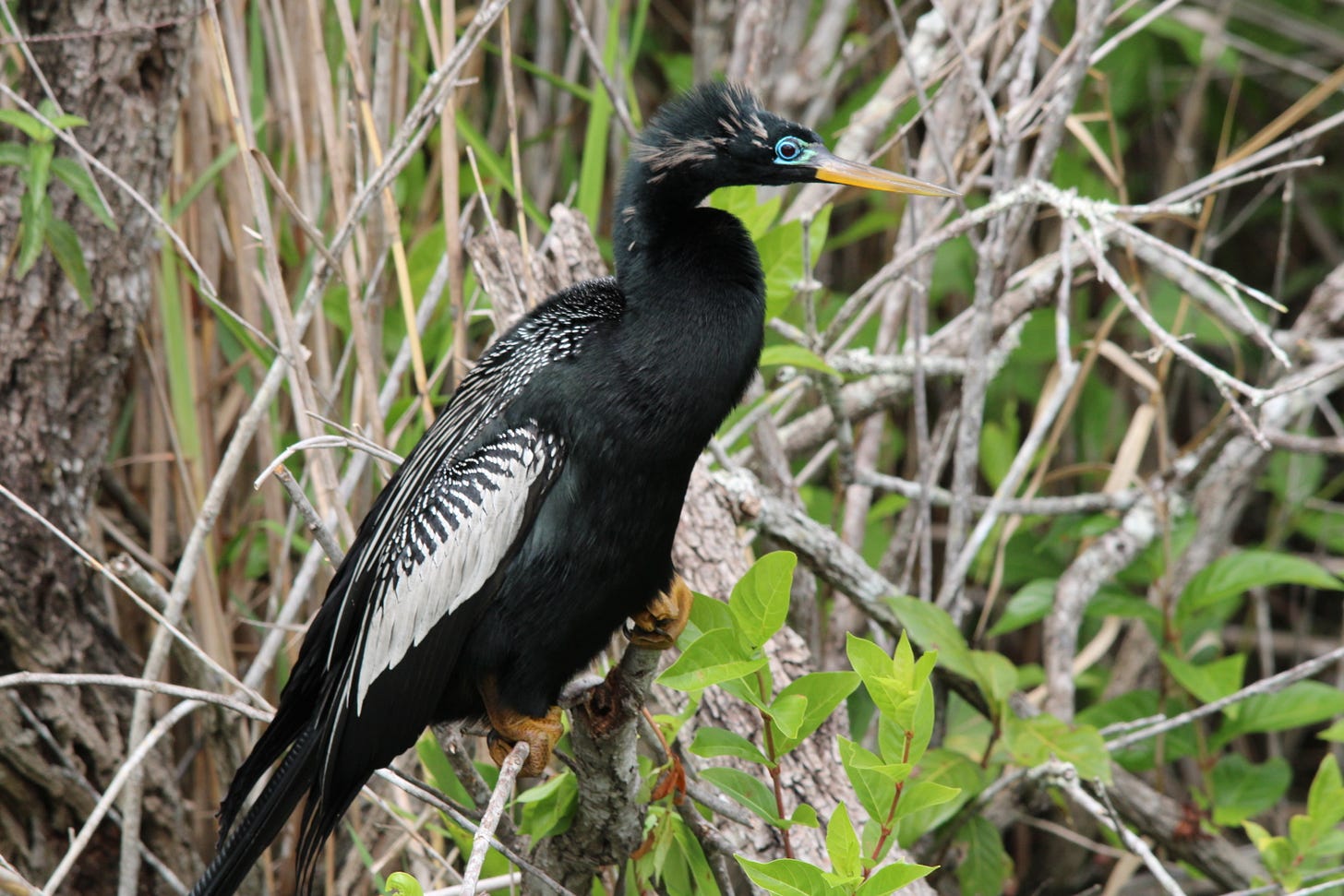
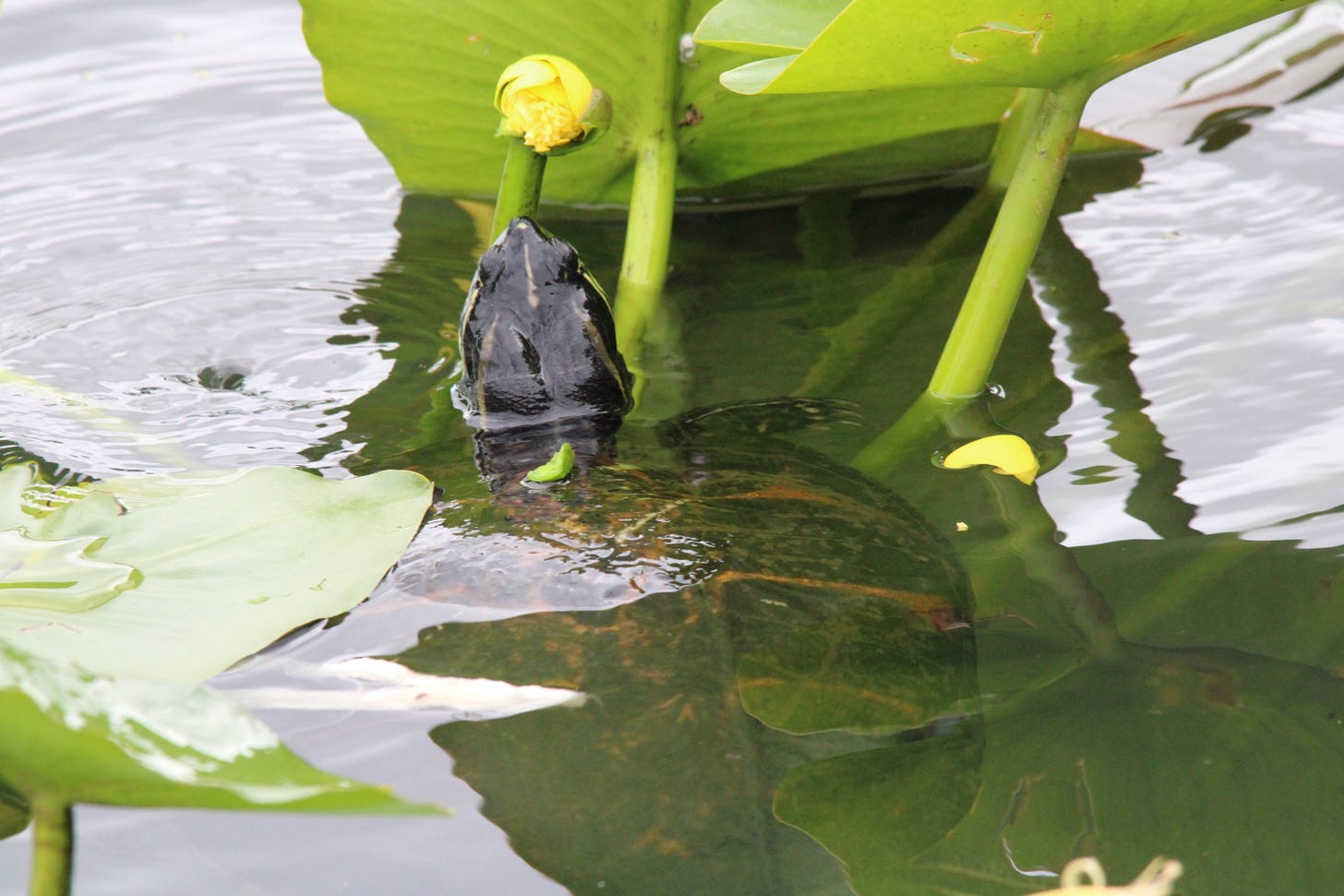
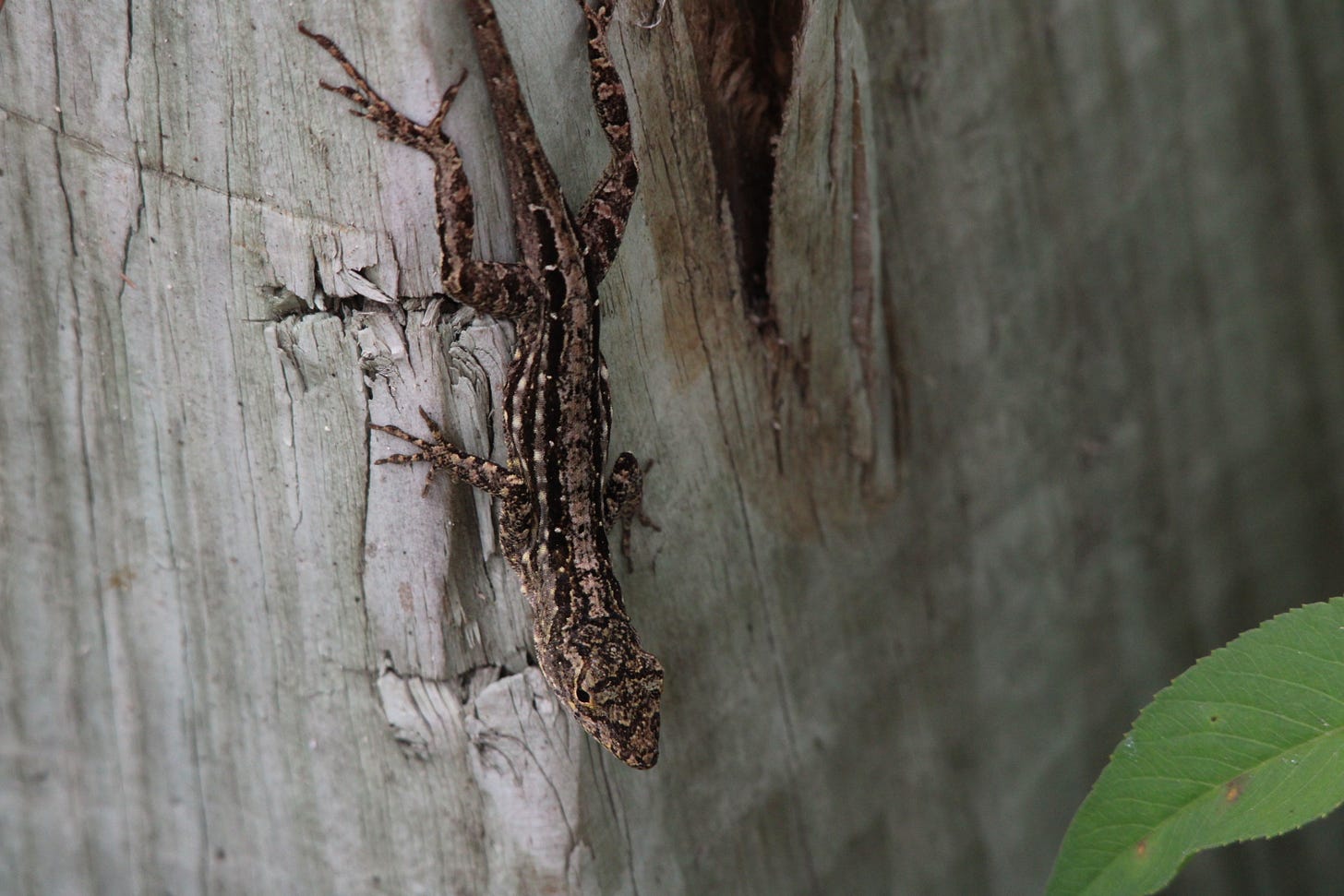
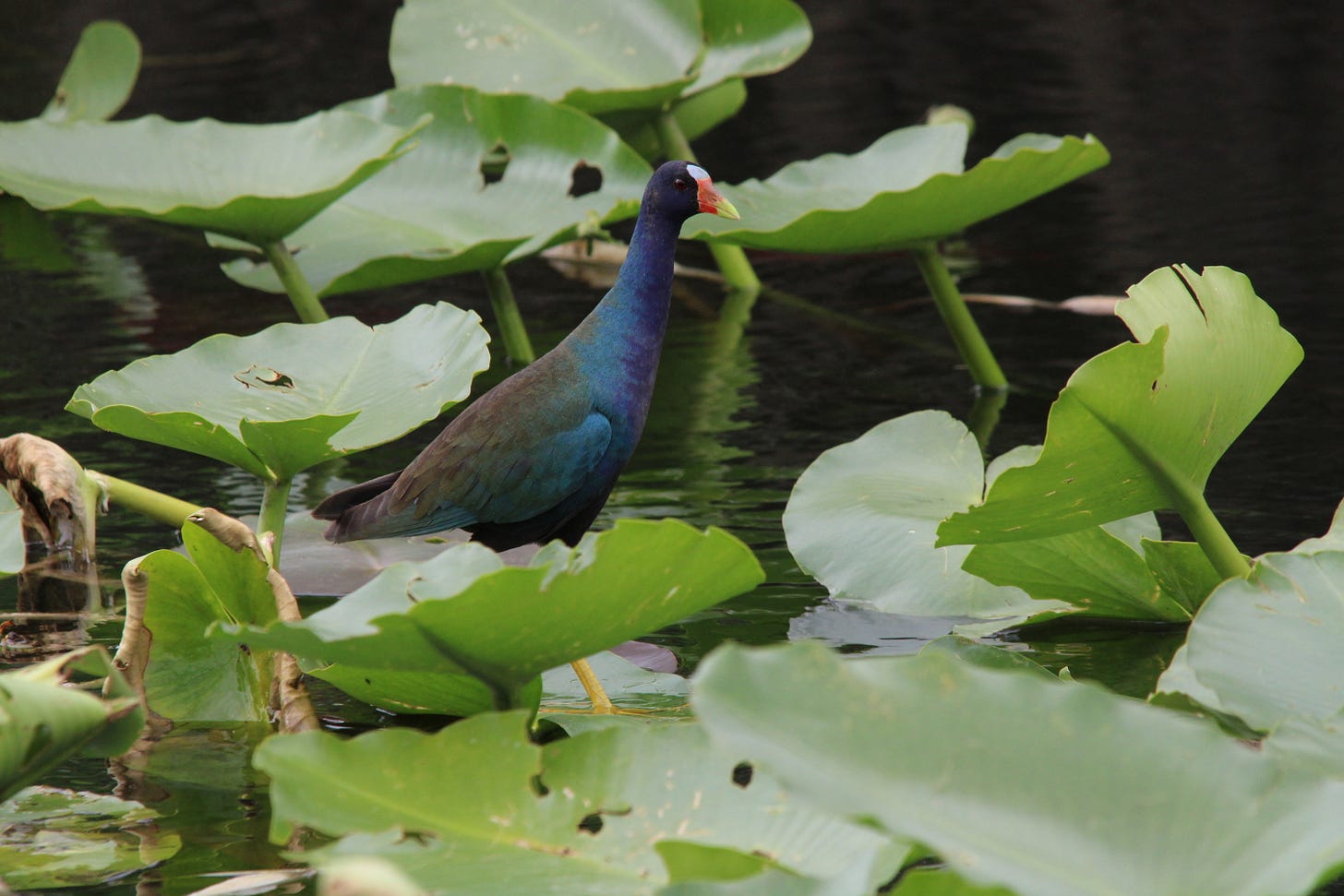
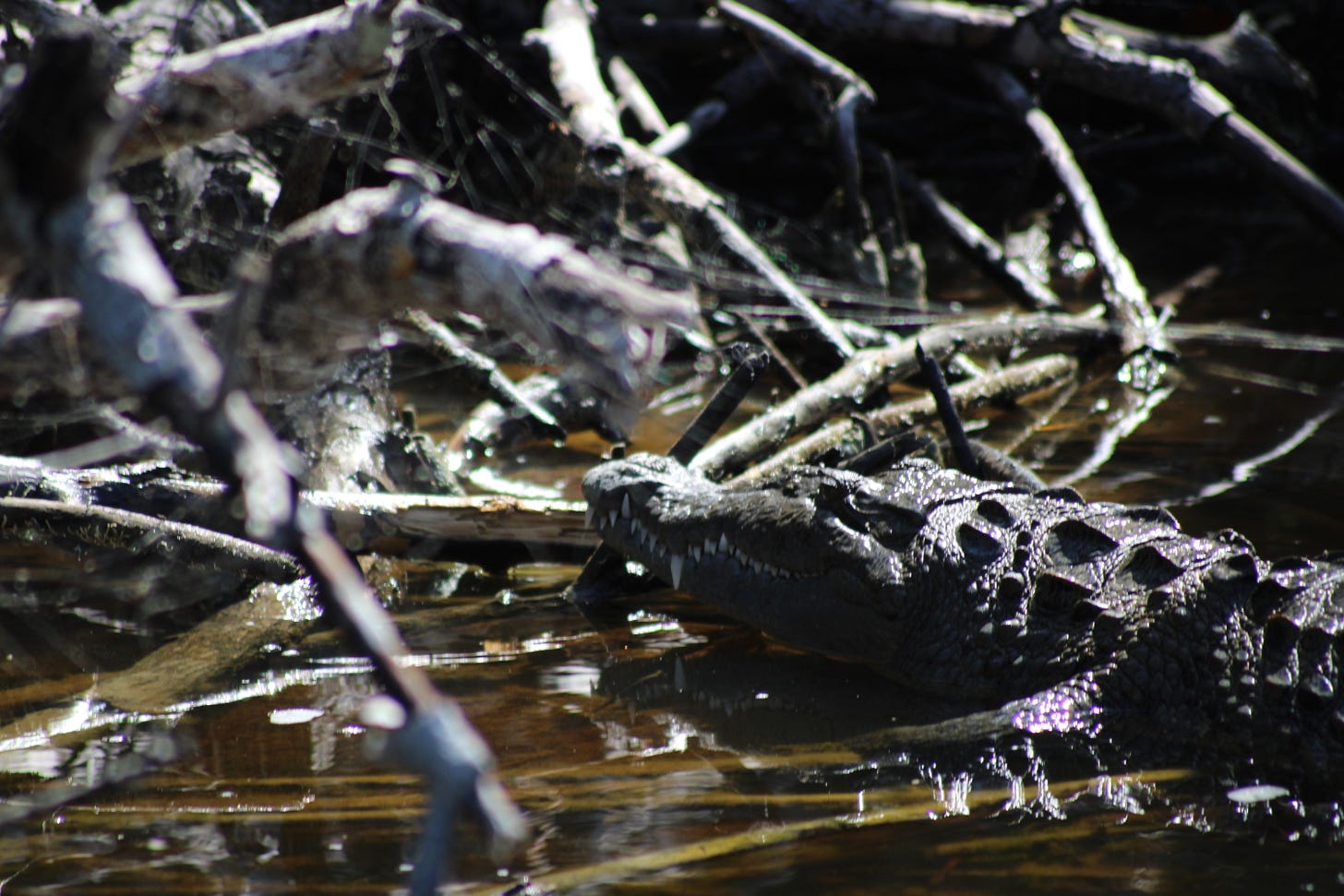
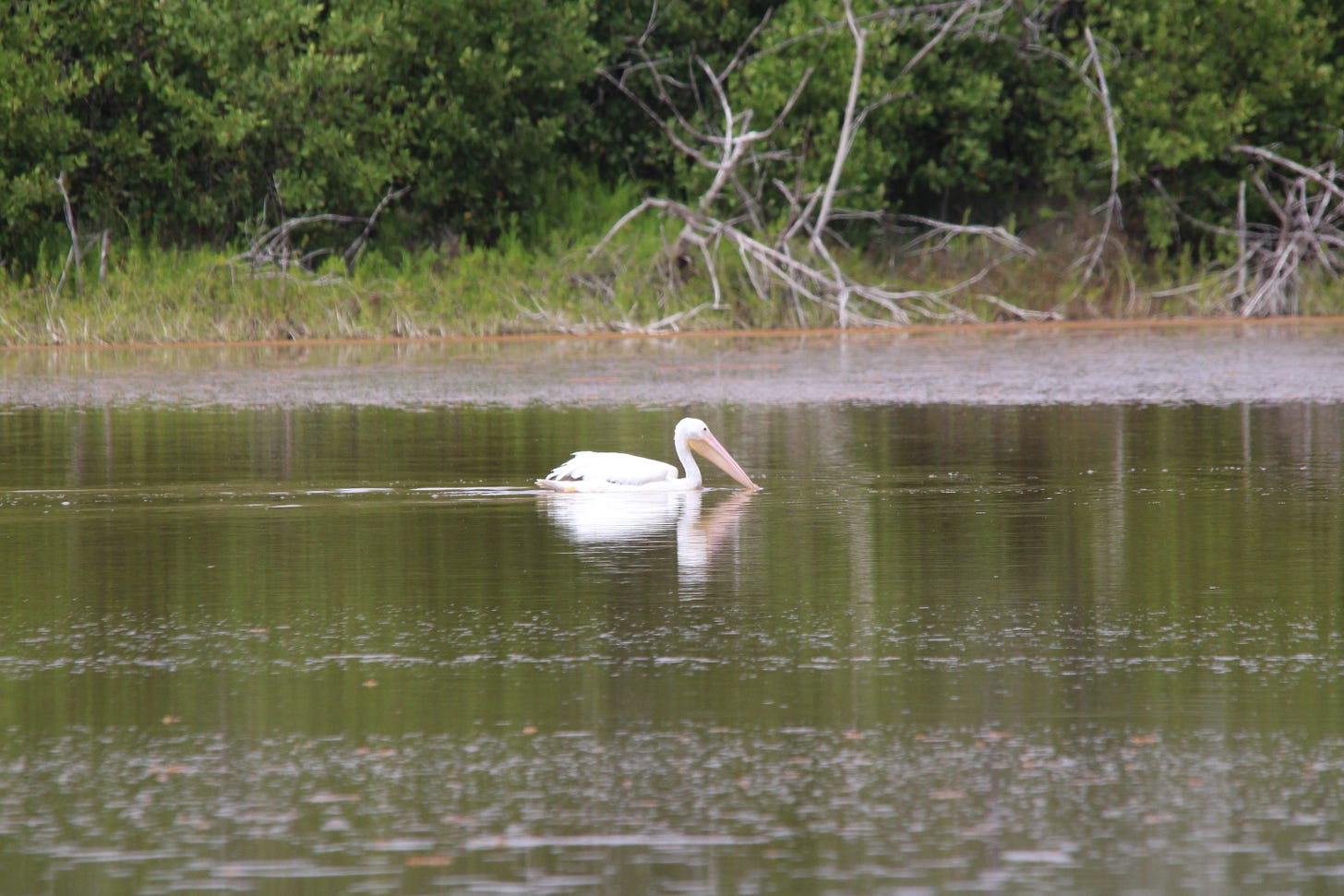

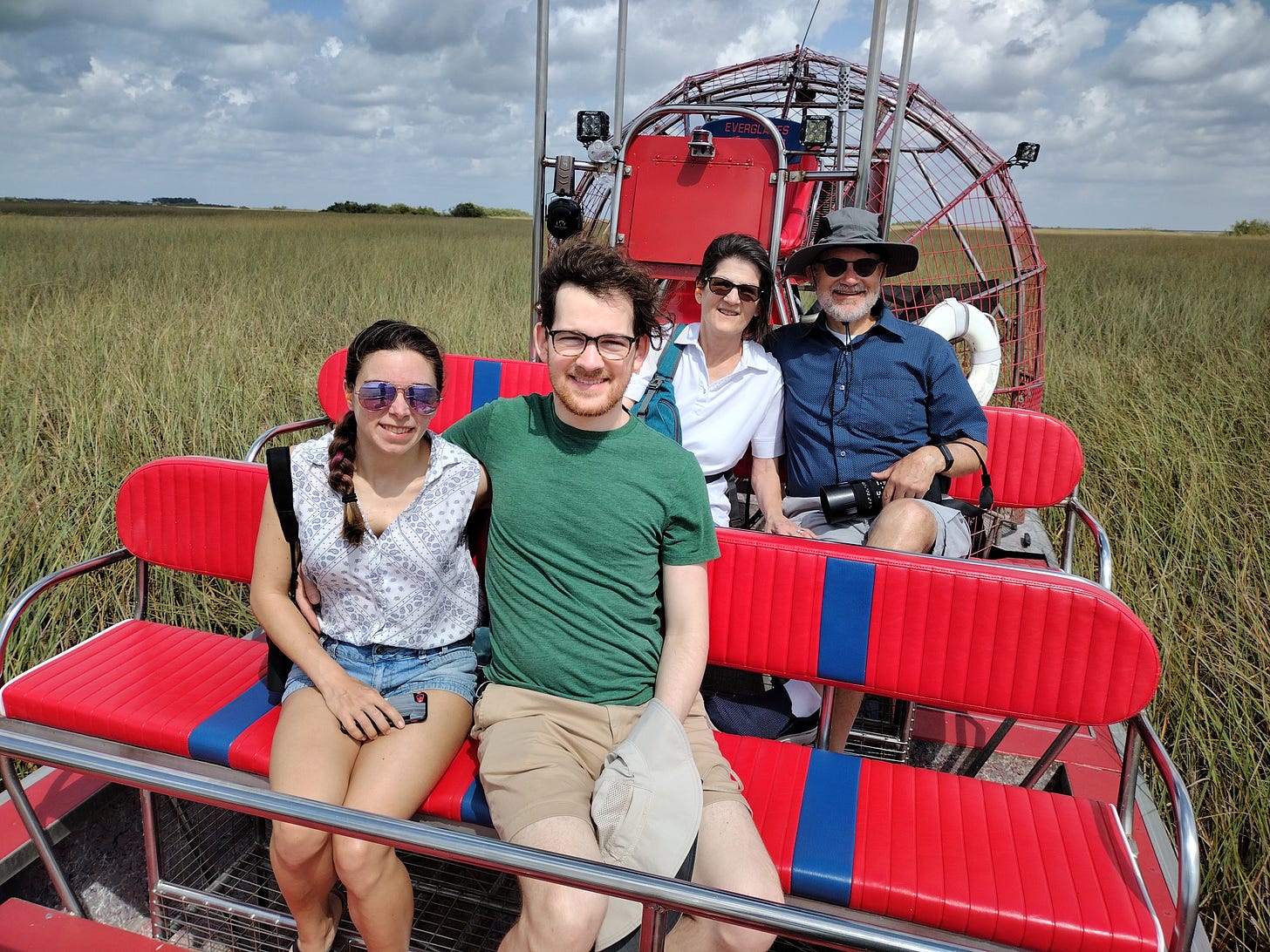
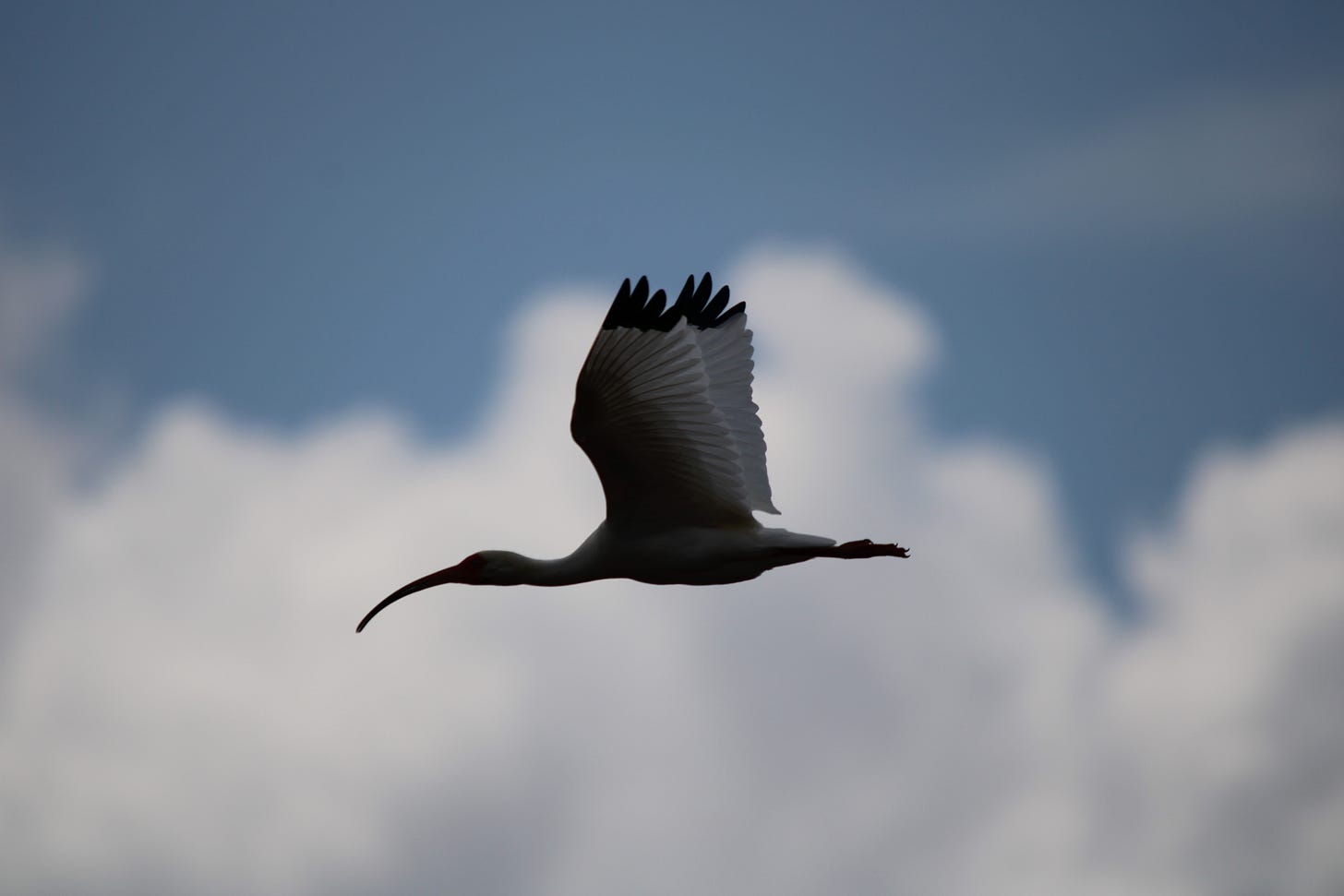
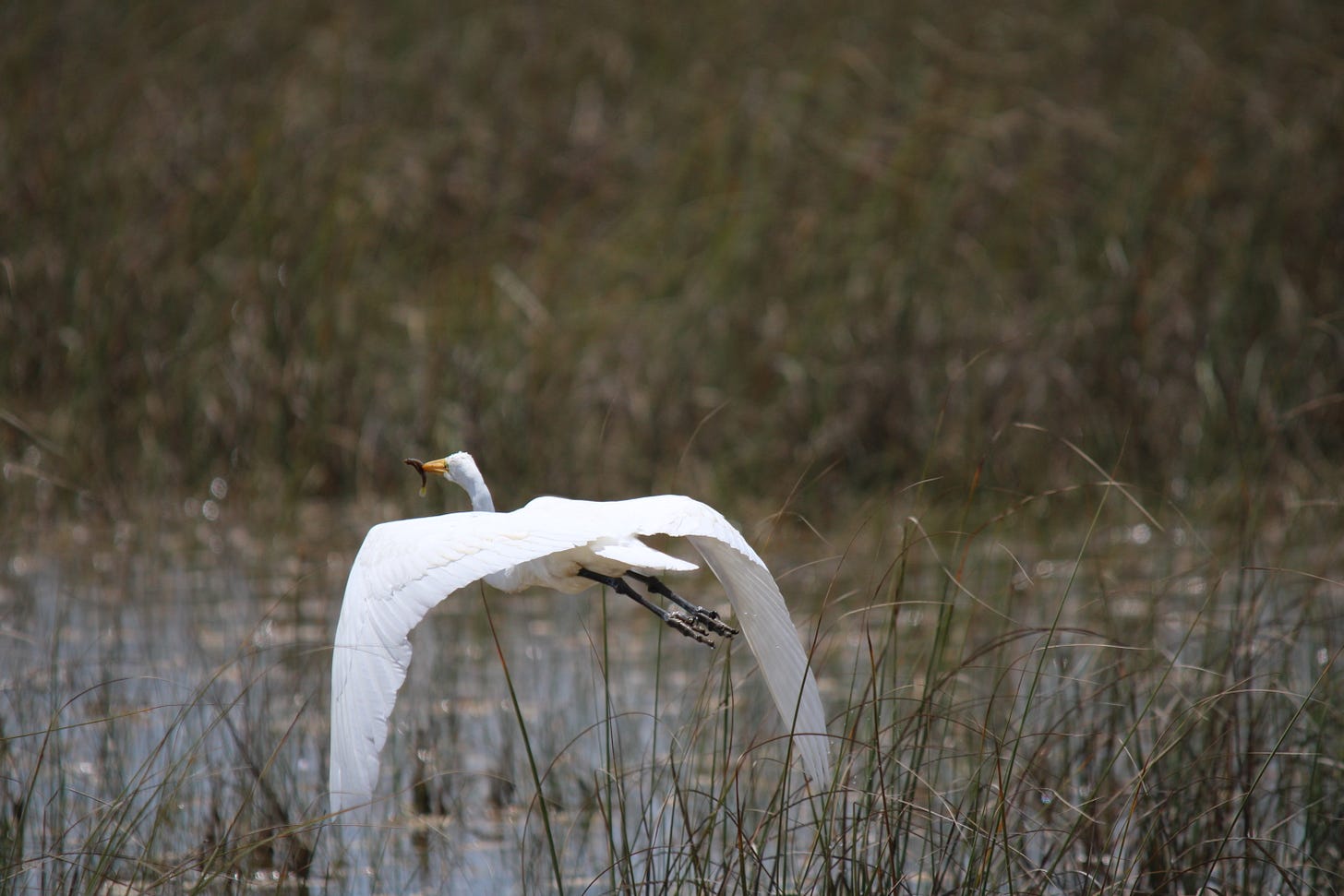
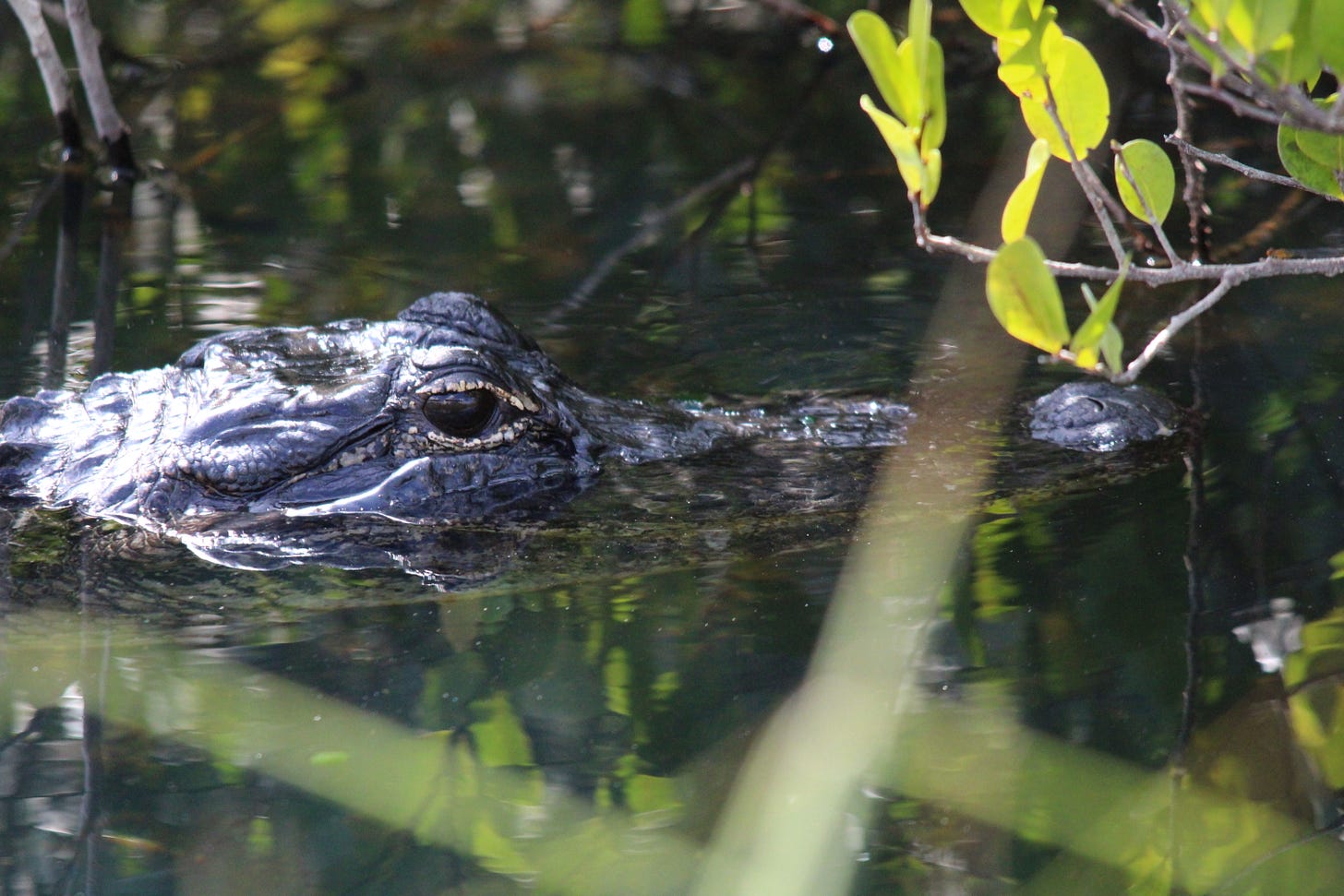
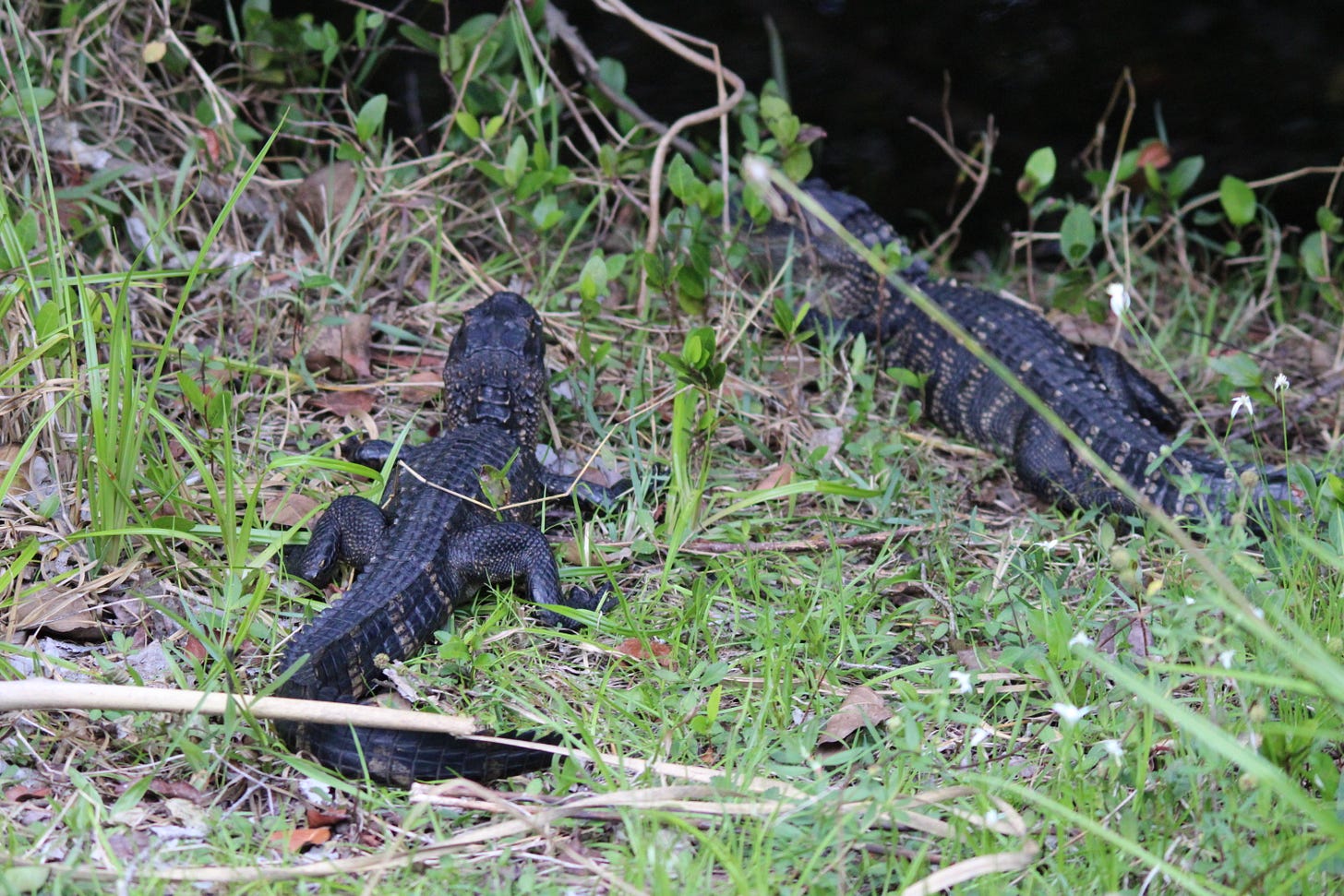
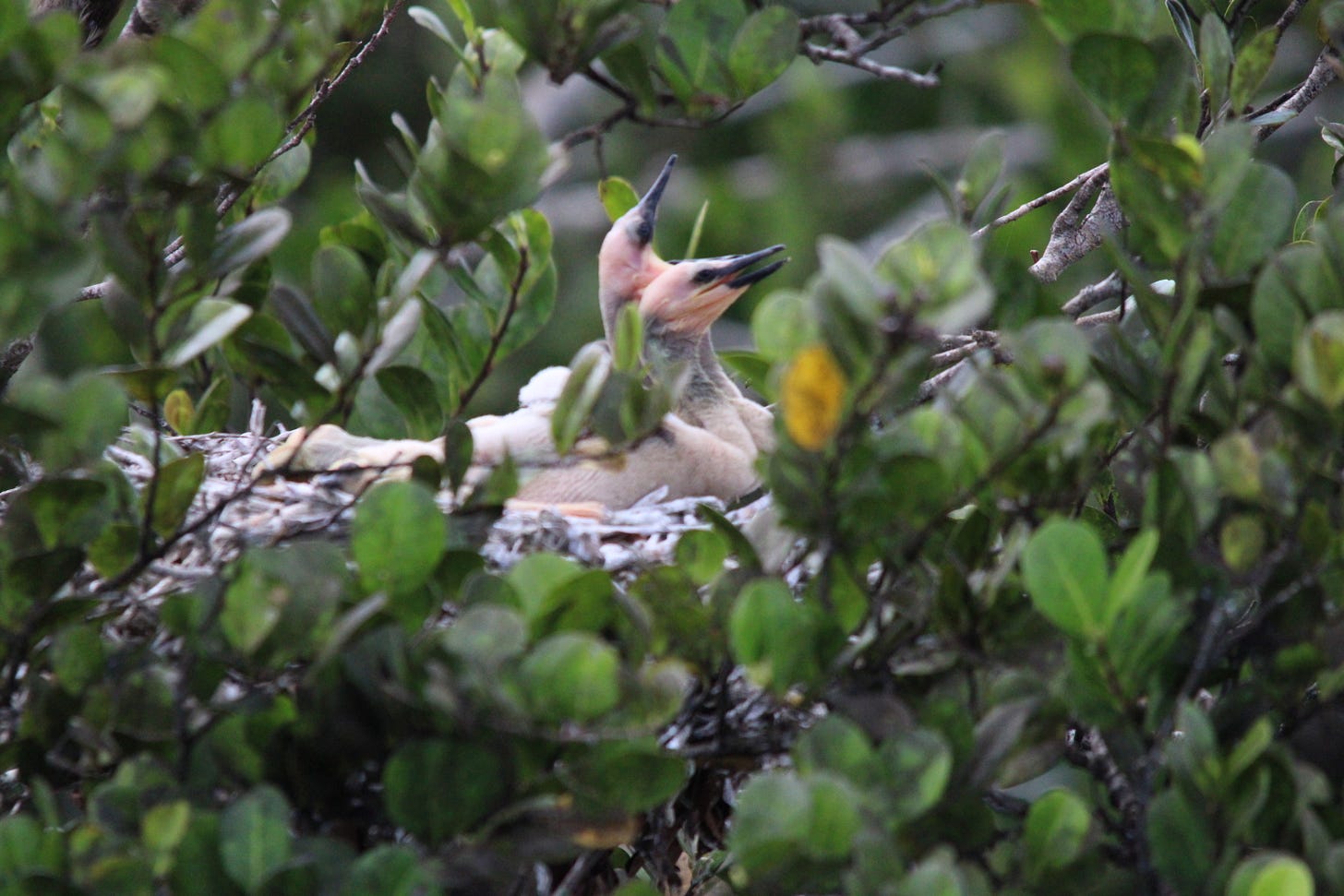
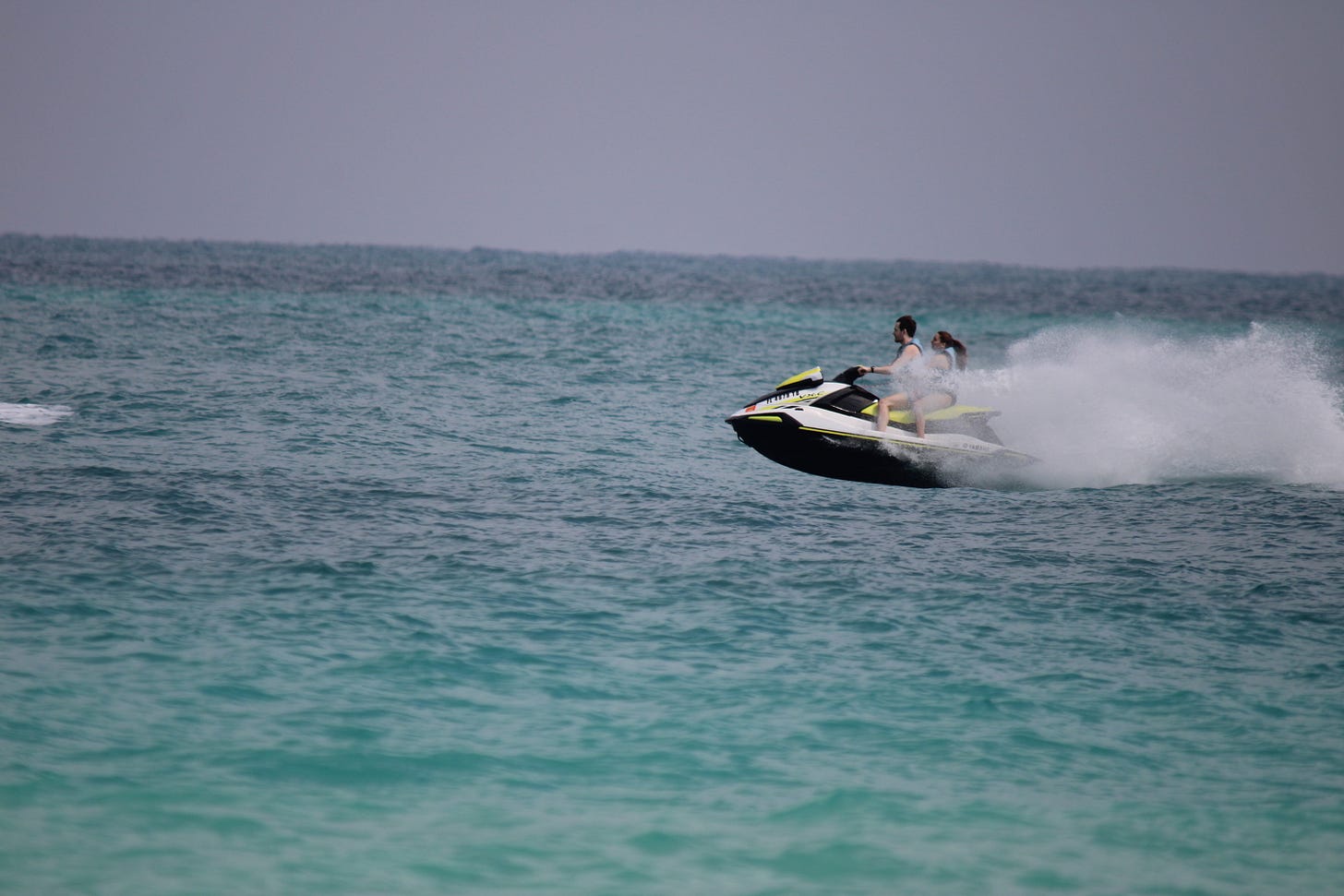
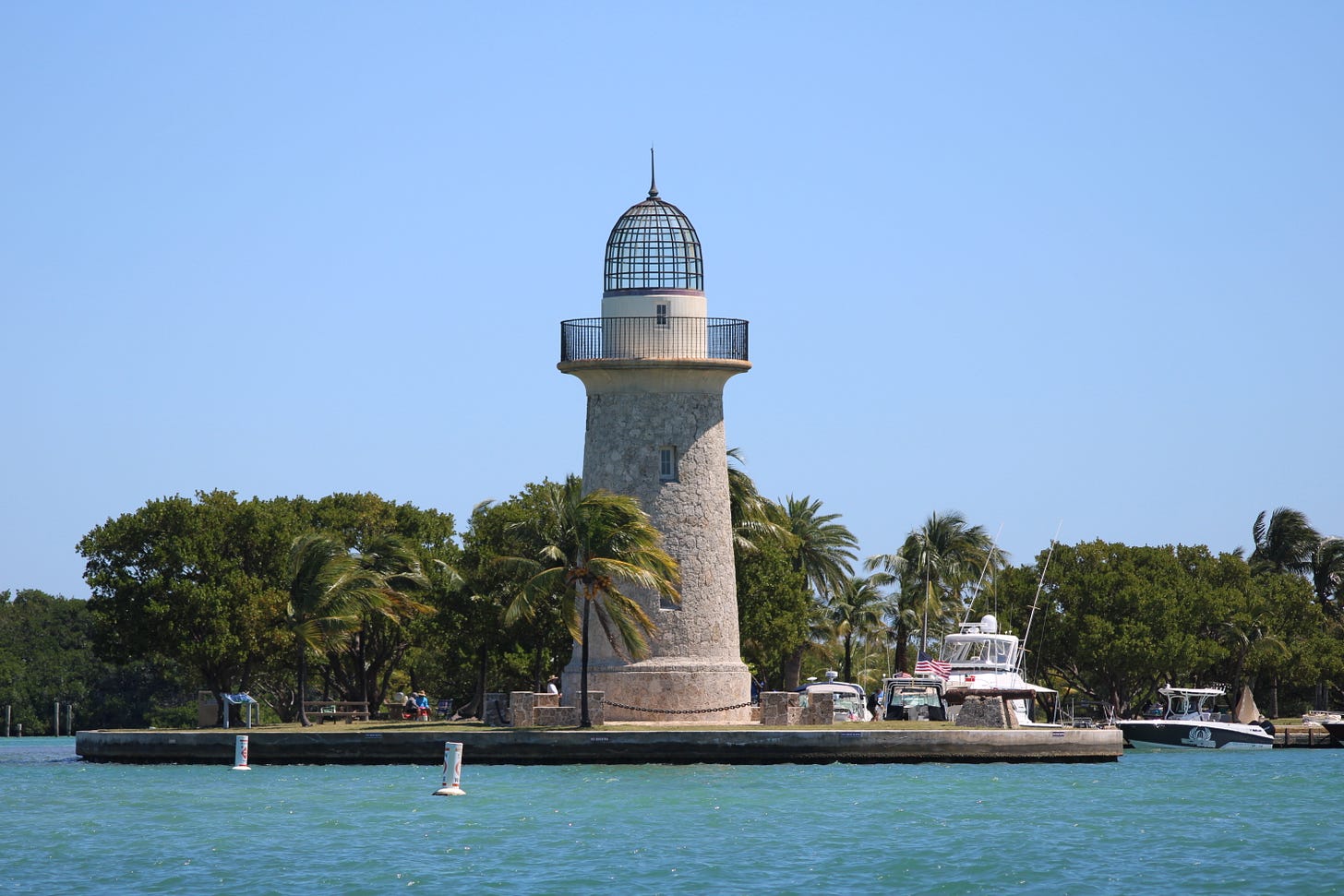
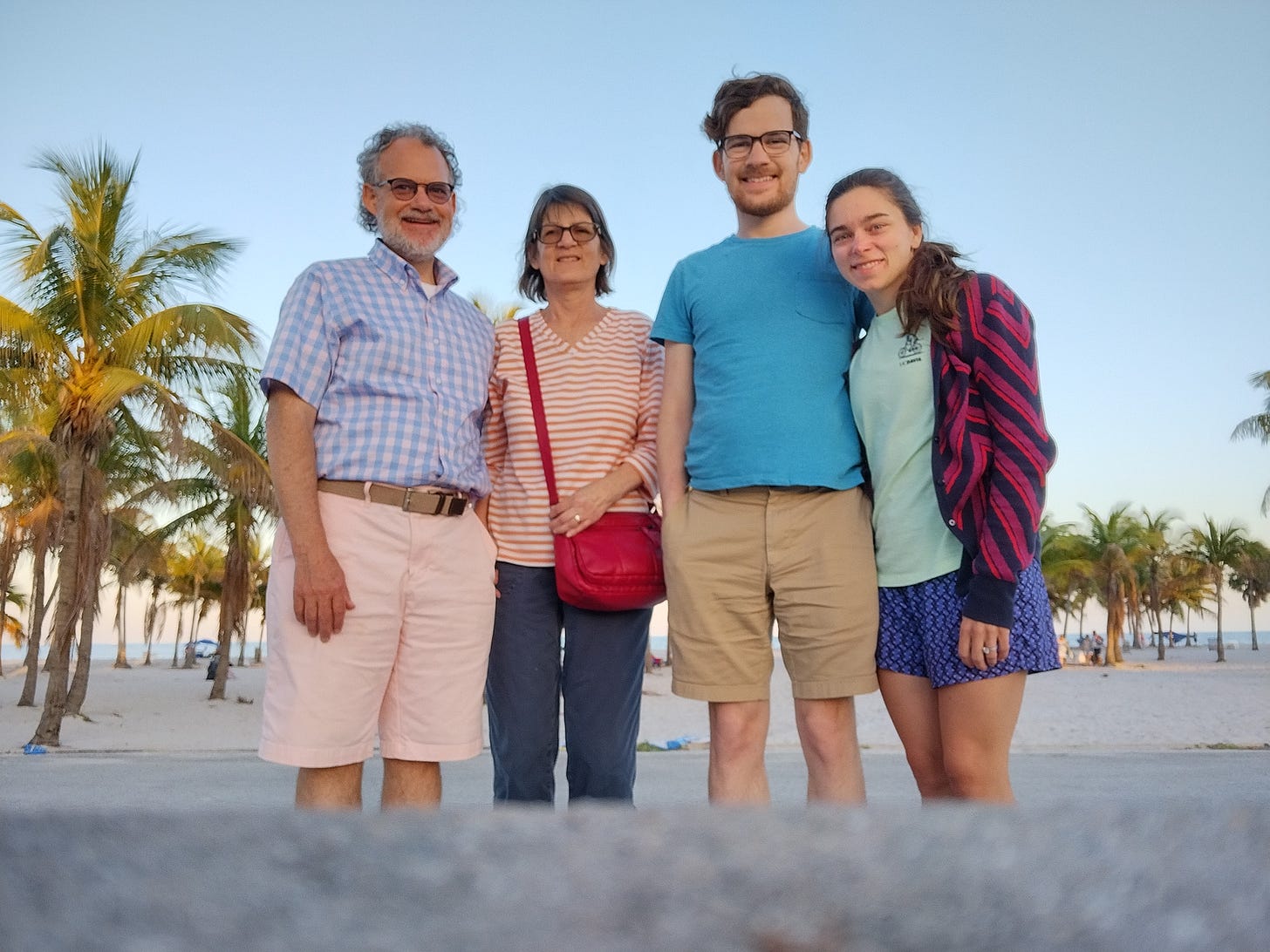


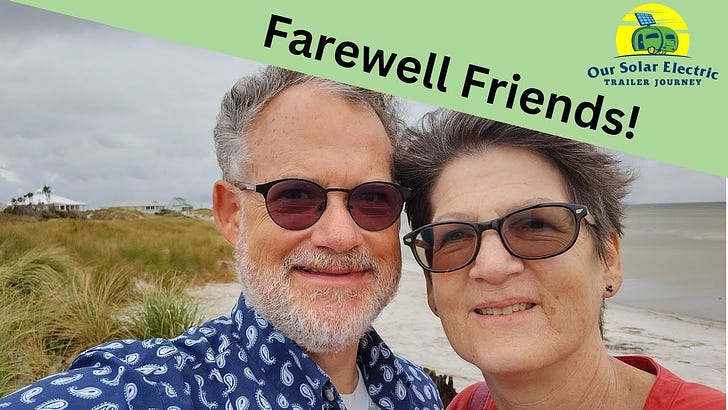







Share this post